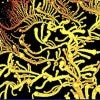
NSF extends Physics of Living Systems network at Rice
The NSF awards nearly $3 million to the Center for Theoretical Biological Physics to continue its leadership role in the Physics of Living Systems graduate research network.

NSF extends Physics of Living Systems network at Rice
The NSF awards nearly $3 million to the Center for Theoretical Biological Physics to continue its leadership role in the Physics of Living Systems graduate research network.

Docking peptides, slow to lock, open possible path to treat Alzheimer’s
Researchers have identified a possible “Achilles’ heel” in the frustration of amyloid beta peptides as they dock to the fibrils that form plaques in patients with Alzheimer’s disease.
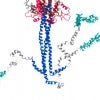
Sim shows how COVID virus infects cells
A simulation shows the complicated mechanism by which the SARS-CoV-2 virus may infect cells, leading to COVID-19.
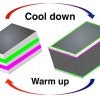
Physicists find room-temperature, 2D-to-1D topological transition
Physicists have discovered a room-temperature transition between 1D and 2D electrical conduction states in the topological insulator bismuth iodide.
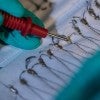
Woven nanotube fibers turn heat into power
Carbon nanotubes woven into thread-like fibers and sewn into fabrics become a thermoelectric generator that can turn heat from the sun or other sources into energy.
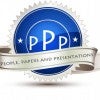
People, papers and presentations for Aug. 16, 2021
The Baker Institute for Public Policy’s Kelsey Norman, fellow for the Middle East and director of the Women’s Rights, Human Rights and Refugees Program, has been awarded the 2021 Emerging Scholars Policy Prize
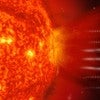
'Cool' kids in the cosmos may not be so unique
Rice University scientists show that "cool" stars like the sun share dynamic surface behaviors that influence their energetic and magnetic environments. Stellar magnetic activity is key to whether a given star can host planets that support life.
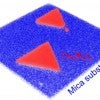
Odds are good for unique 2D compound
Rice University engineers make 2D materials for valleytronics, a platform for information processing and storage that relies on the manipulation of electrons’ positions in energetic “valleys.”
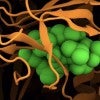
Rice, Rutgers developing inhalable COVID-19 vaccine spray
Scientists at Rice and Rutgers developing two COVID-19 vaccine strategies that do not require cold storage, one of which can be inhaled.

Six Rice-TMC research teams earn seed grants
Rice's Educational and Research Initiatives for Collaborative Health has announced six seed grants for research collaborations between faculty from Rice and the Texas Medical Center.
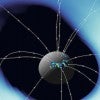
Nightside radio could help reveal exoplanet details
Rice scientists enhance models that could be used to detect magnetosphere activity on exoplanets. The Rice model adds data from nightside activity that could increase signals by at least an order of magnitude.
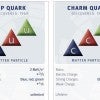
Rice welcomes teachers for in-person physics workshop
QuarkNet returned to Rice last week for the first in-person workshop on campus since the start of the pandemic.
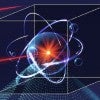
Odd angles make for strong spin-spin coupling
HOUSTON – (May 25, 2021) – Sometimes things are a little out of whack, and it turns out to be exactly what you need.

A recently arrived Rice University professor preparing to study quantum systems assembled from the ground up with individual atoms has two significant papers on which to build his reputation.